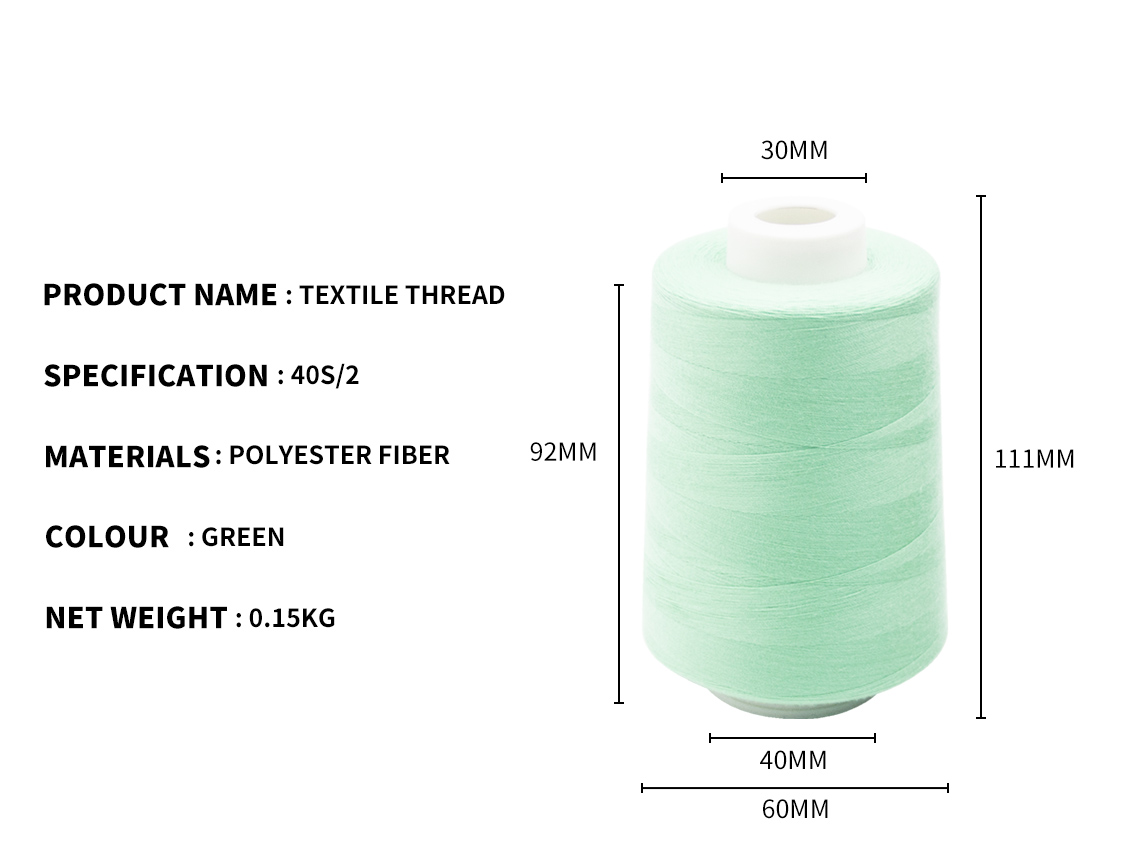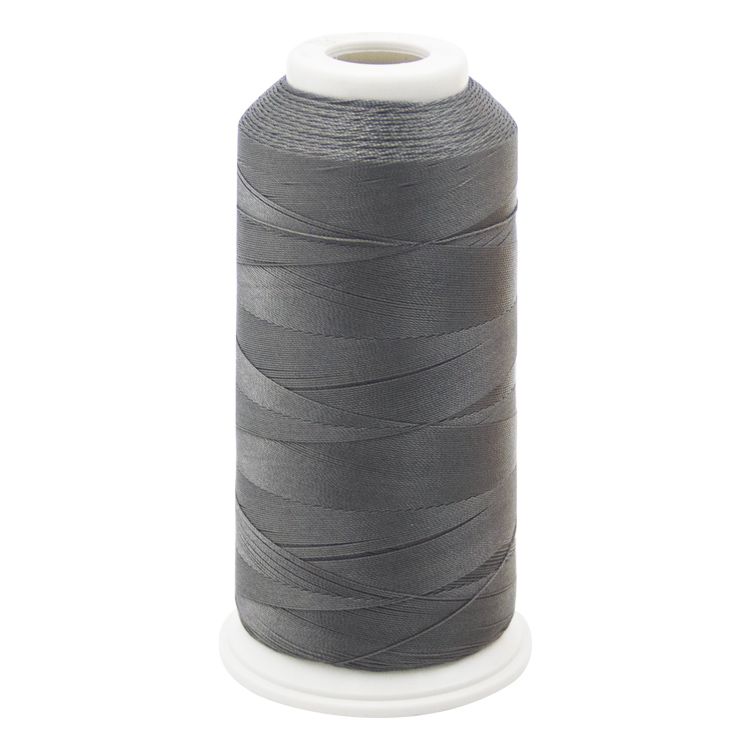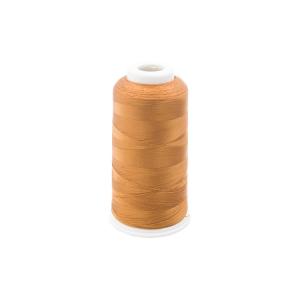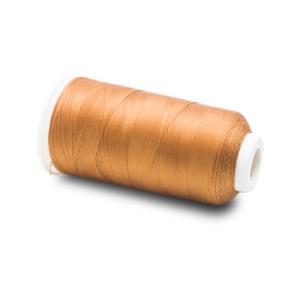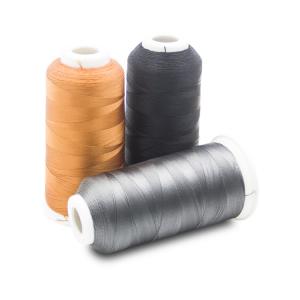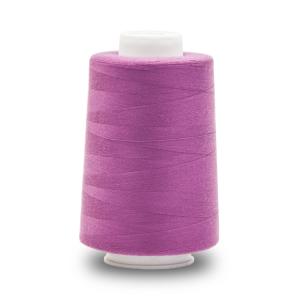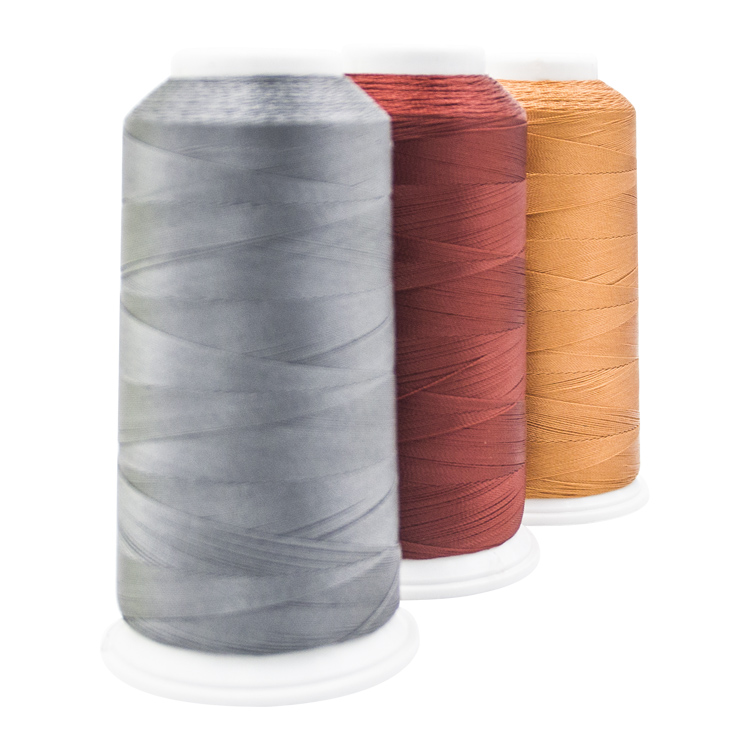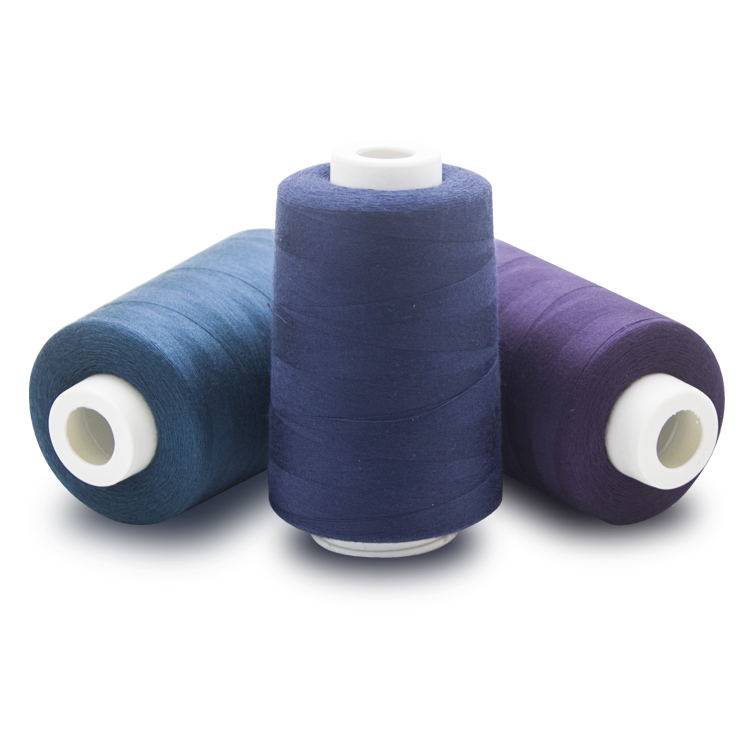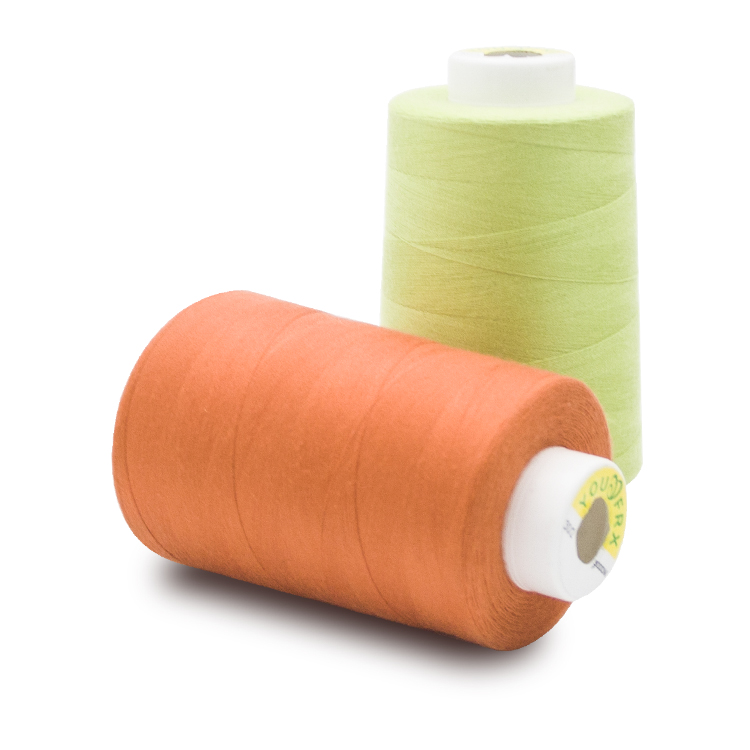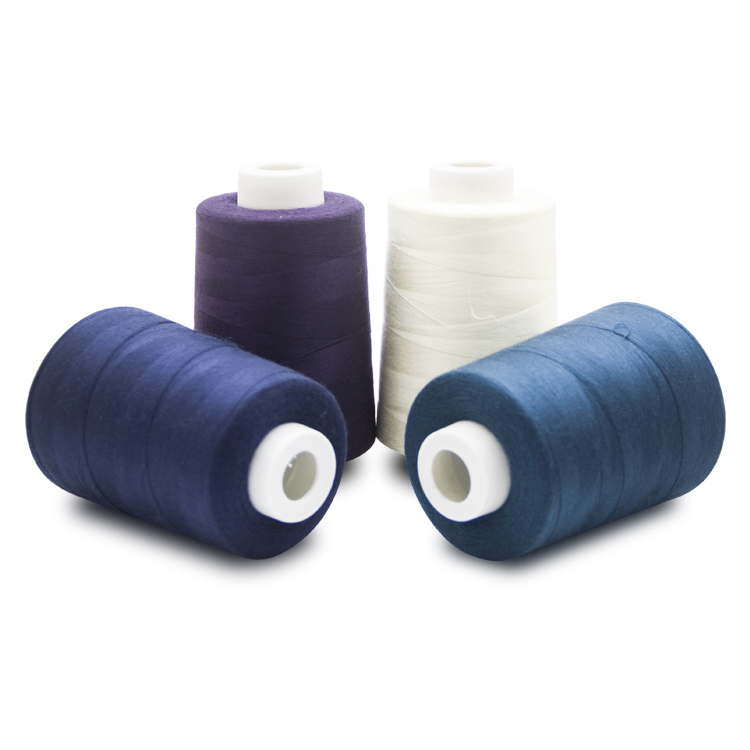Share to:
Related Products
PP multifilament twisted textile thread yarn
LQ-2-01
Price: From $0.43
Delivery time: 9-20 days after payment
MOQ: 500 PCS
Basic information of textile thread
Material:PP, PP/POLYESTER/NYLON
Pattern:Thread
Use:Knitting, sewing, weaving
Yarn type:Spun
Technics:Mercerized
Yarn count:210D
Weight (g/ball):10
Place of origin:Guangzhou
Brand name:Liqi
Model number:Liqi-0045
Product Name:PP multifilament twisted thread yarn in textile
Size:210D/3-120PLY
Style:Twisted
Colors:Red,blue,green,white....
Length:50G,100G,120G,200G...
Packing:REEL,SPOOL
Application:Spun,agriculture baling, fishing
Feature:Mark, soft, high tenacity
Cotton textile industry yarn thread plays an important role in the process of national economic development in China. It spans two major production fields, agriculture and industry, involving cotton production, ginning, spinning, weaving, printing and dyeing, ready-made clothing and terminal consumption, and has become one of the pillar industries of national economic development in China.
In recent years, China's cotton textile industry yarn thread rapid development. By 2011, the number of ring spinning, rotor spinning and looms in China has reached 120 million, 2.32 million and 1.26 million respectively, and the production capacity of spinning has reached 50% of the total global output. Textile thread enterprises above the national scale have achieved a total industrial output value of 5478.65 billion yuan, an increase of 26.8% over the same period last year. It has further consolidated China's position as a major cotton textile thread country. Although the cotton textile yarn thread industry is developing at a high speed, the "three mountains" overhead are becoming heavier and heavier, and the high-speed development of the cotton textile yarn thread industry needs to reduce its burden urgently.
From the perspective of domestic supply, cotton cultivation in China is mainly distributed in the Yangtze River, Yellow River Basin and Xinjiang production areas, of which Xinjiang production area accounts for about 45% of the total national output, the Yellow River Basin production area accounts for 25% of the total national output, and the Yangtze River Basin accounts for about 10%.
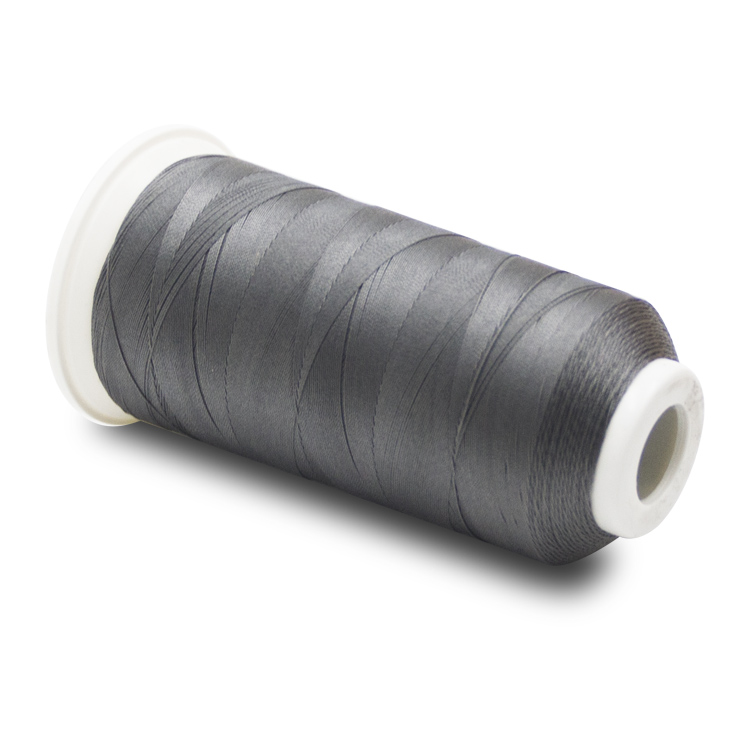
Cotton planting area is too centralized, which has a certain negative impact on the textile yarn thread of the cotton textile thread industry. Because the yield and quality of cotton are greatly affected by weather factors, cotton planting is too concentrated, which is equivalent to putting eggs in a basket. If the adverse climate conditions in a year affect the yield and quality of cotton, then the national cotton textile thread industry will be greatly affected. The most typical example is around 2010, because of the extreme weather, cotton production in Xinjiang production area has been greatly affected, the national cotton textile thread industry suddenly howled.
Although there are three major cotton producing areas in China, only cotton planting in Xinjiang has formed a certain scale. Planting in other areas is scattered and lack of unified planning, which is greatly influenced by last year's price factors. Planting area largely depends on the willingness of cotton farmers and is not conducive to the overall stability of the cotton textile thread industry.
In terms of import, China adopts quota system for cotton import. According to the WTO agreement, China imports 894,000 tons of cotton in quota every year, with a preferential tariff of 1% and a sliding tariff of 5%-40% for imports of cotton outside the quota. The levy of sliding duty is equivalent to setting a floor for the price of imported cotton. Its purpose is to reduce the impact of imported cotton on the domestic cotton market and ensure the income of cotton farmers. However, there is a gap of nearly 3 million tons between China's cotton output and textile thread industry demand, which means that no matter the price of cotton is high or low, there are more than 2 million tons of cotton rigid demand imported by paying high sliding duty.
Quota system and sliding tax, to a certain extent, hinder enterprises from using market means to allocate resources, resulting in the high cost of China's cotton textile thread industry. Australia cotton 18,000 yuan per ton, India cotton 16,000 yuan per ton, but due to the quota system, enterprises can not import independently, and China's new cotton 21,400 yuan to buy the same quality of cotton.
To solve the current situation of cotton production in short supply and demand, first of all, we should increase the internal supply, starting with cotton planting, to increase domestic cotton production. Our country has a vast territory, putting eggs in multiple baskets can effectively reduce the risk. Especially in the Yangtze River and Yellow River basins, large-scale and standardized cotton planting is needed as soon as possible. Relevant departments should take effective measures to ensure cotton planting area. Secondly, it is hoped that the government will understand the market situation as soon as possible, adjust the import quota system and the sliding tax accordingly, and remove the shackles of China's cotton textile industry as soon as possible.
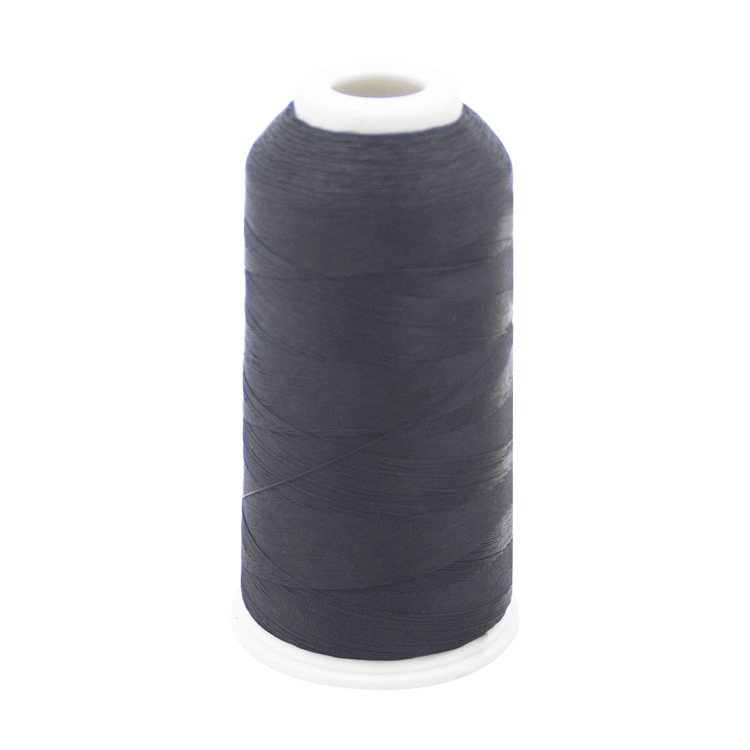
Cotton textile thread spinning process
The process of spinning cotton fibers into cotton textle yarns threads and cotton yarns. This process is also suitable for spinning cotton chemical fiber textile yarn thread, medium and long fiber textle yarn thread and cotton blended yarn thread with other fibers. Cotton fabrics have good wearability, low price and simple cotton textile thread spinning process, so they occupy the first place in the textile industry.
At first, spinning was done by hand, and then simple tools such as spinning specialty and spinning wheel were gradually used. Roller spinning frame appeared in 1758, Jenny spinning frame appeared in 1770, three-drum carding machine was created in 1774, and spinning frame was invented in 1779. Drawing frame and roving frame came into being around the end of the 18th century. The mechanization of cotton textile thread spinning engineering begins with the spinning frame, so the spinning frame is sometimes called the spinning frame. Pre-spinning processes, collectively referred to as pre-spinning, include opening and cleaning cotton, carding, drawing, roving, etc. According to the fiber length of raw cotton, including impurities and textile yarn thread quality requirements, different pre-spinning processes must be carried out before pre-spinning processing. After spinning, there are winding, textile yarn thread drawing, textile yarn thread winding, twisting and so on.
Development of cotton textile thread spinning
As a big country in the world cotton textile thread industry, China plays an important role in the world cotton textile thread industry. In recent years, China's cotton textile thread industry has achieved good results.
The number of cotton textile thread enterprises above the scale of China increased from 4449 in 2003 to 7632 in 2005, an increase of 71.54%; the total industrial output value increased from 287.4 billion yuan to 513.6 billion yuan, an increase of 78.70%; the total assets increased from 303 billion yuan to 417.1 billion yuan, an increase of 37.68%; the sales income increased from 280.9 billion yuan to 50.6 billion yuan, an increase of 78.22%; The total amount increased from 7.164 billion yuan to 15.996 billion yuan, an increase of 123.29%; the value of export delivery increased from 54.6 billion yuan to 74.9 billion yuan, an increase of 37.28%; the number of employees increased from 2.2807 million to 2.5895 million, an increase of 13.54%.
The development of cotton textile thread industry also shows a worrying aspect, especially compared with foreign enterprises, the gap is obvious. The gaps in technology and equipment, information technology and rapid response technology, innovation ability, and extensive expansion, market competition disorderly and other problems have greatly hindered the development of the industry. Therefore, it is urgent to strengthen the industrial upgrading, improve the progress of cotton textile science and technology, adjust the industrial structure and cultivate innovative ability.
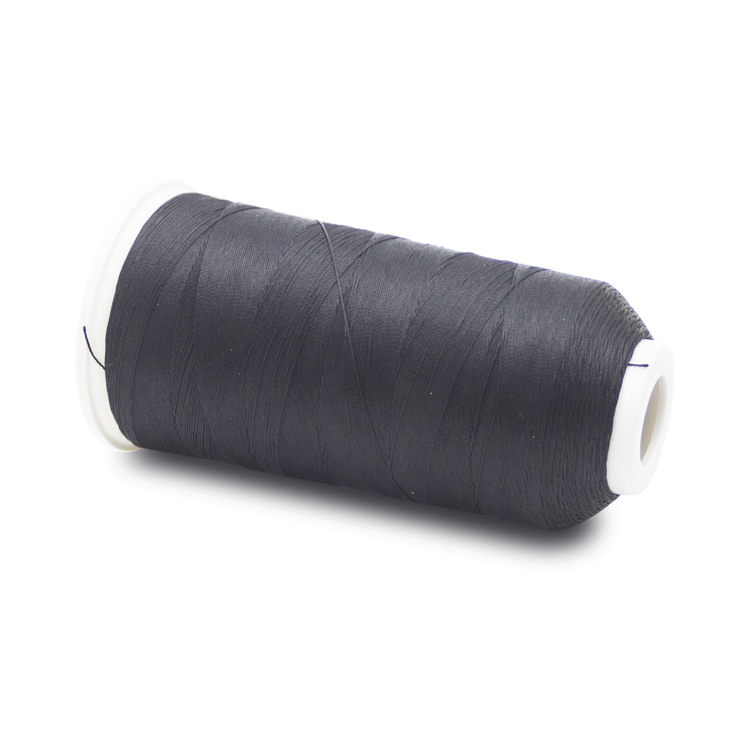
Textile thread spinning system
The raw materials used in the production of cotton textile yarn threads are cotton fibers and cotton chemical fibers. The products of cotton textile yarn thread include pure cotton yarn, purified fiber textile yarn thread and various blended textile yarns threads. In the cotton spinning system, according to the requirements of raw material quality and yarn thread quality, it is divided into general combing system, combing system and waste spinning system.
(1) Carding systems are generally used to spin coarse and medium yarns threads for weaving ordinary fabrics.
(2) Combing system combing system is used to spin high-grade cotton textile yarn thread, special yarn thread or cotton and chemical fiber blended textile yarn thread.
(3) Waste spinning system Waste spinning system is used to process low-cost coarse cotton textile yarn thread.
(4) When blending polyester (or other chemical fibers) with cotton in chemical fibre and cotton blending system, because of the different properties and impurities of polyester and cotton fibers threads, it is impossible to mix and process them in the blowing and carding process. After each sliver is made, it is mixed on the head drawing machine (mixing). In order to ensure the blending, three-way drawing is needed.
Operation status of textile thread
The market demand and supply of cotton textile thread spinning industry are relatively low, the production cost of enterprises is increasing, and the market demand has not improved significantly. In addition, the price difference between domestic and foreign cotton has also brought considerable competitive pressure to China's production enterprises. Although plagued by various unfavorable factors, the overall development situation of the industry is stable, and it is expected that the industry will gradually change to a better one in 14 years.
The price of cotton market varies greatly and there are many uncertain factors in supply. China's cotton textile thread enterprises should actively set up their own supply channels, realize alliance operation with upstream circulation enterprises, optimize the industrial chain structure, avoid price fluctuation risks and achieve stable processing profits.
